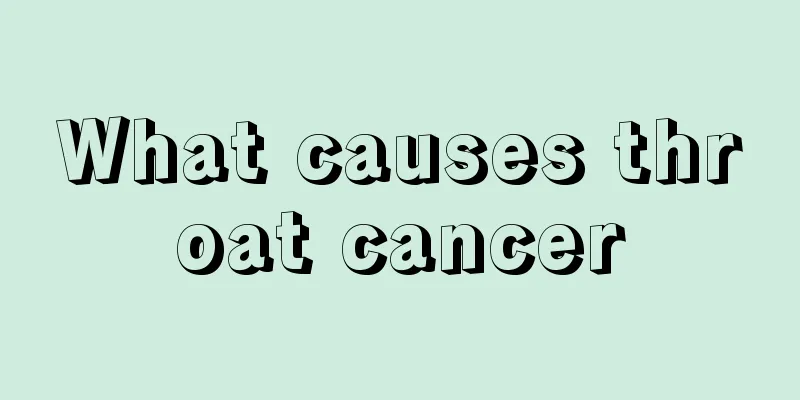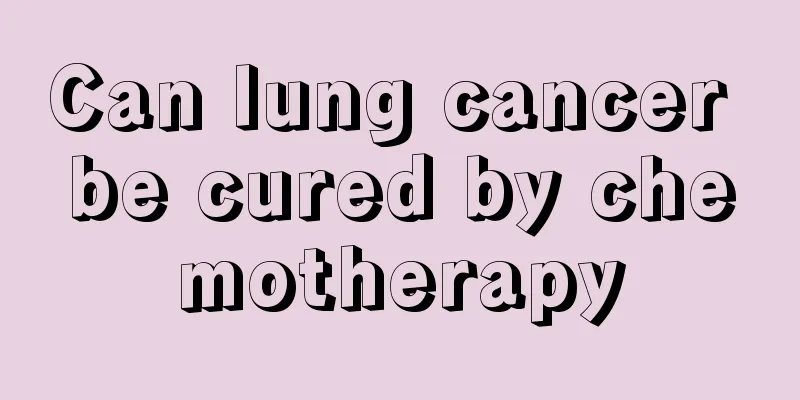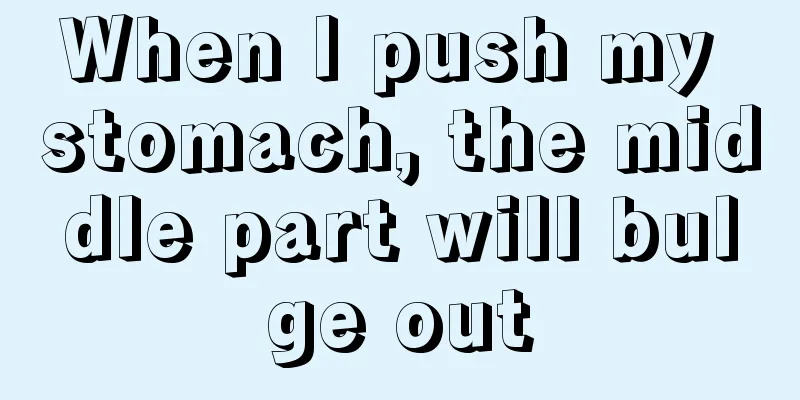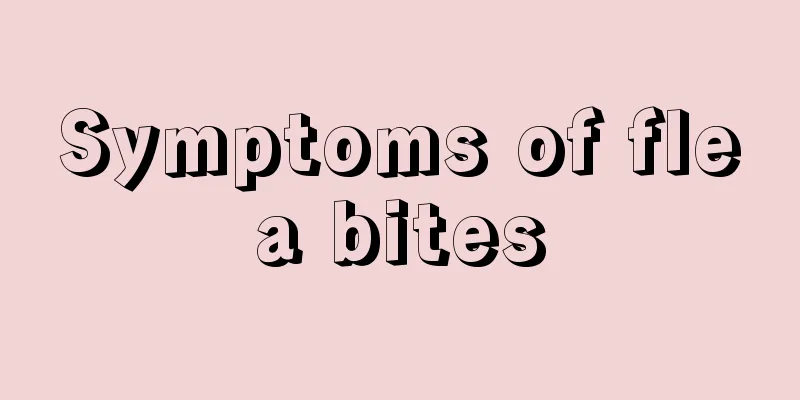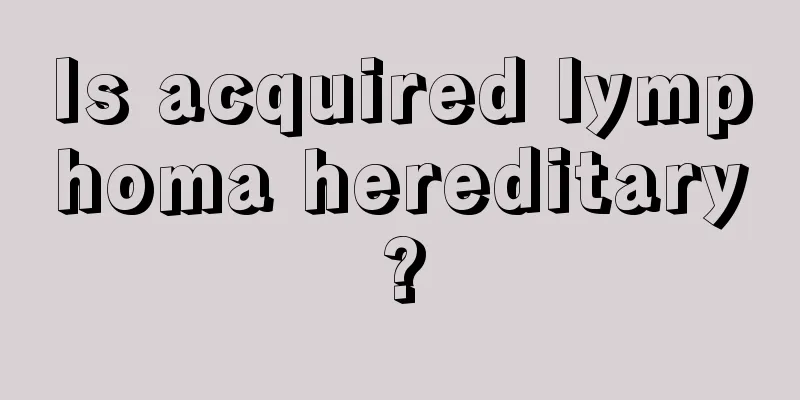Symptoms of poor venous return
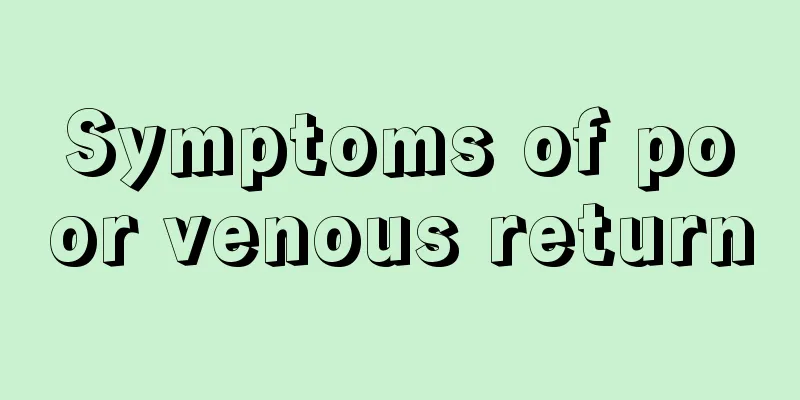
|
Venous reflux is very common in daily life, but if the situation is serious, it may even directly endanger life safety, so people need to have a full understanding of it. Venous return may be the result of multiple factors, but once this happens, you need to pay attention to it immediately and choose appropriate methods to adjust it. If it is serious, you need to seek medical treatment and adopt scientific treatment methods. 1. Vein Veins exist to carry blood from arteries to various parts of the body back to the heart. The path of venous blood is the way home. The left and right atria of the heart are the home of venous blood. Starting from the micro-capillaries, passing through the rugged road with small blood vessels, heading towards the asphalt road with thick blood vessels, then stepping onto the broad road of the inferior vena cava, coronary sinus, and pulmonary vein, finally returning home. 2. Symptoms of poor venous return In terms of anatomical structure, veins are also divided into three layers, but unlike arteries, they are much thinner. The inner membrane folds inward to form wrinkles that look like small crescents and are called venous valves. The blood flow in the media is slow, ensuring the balance of total blood flow per unit time. The outer membrane can also withstand some pressure, but it can be easily flattened, causing obstruction of reflux. Venous valves are characteristic structures of veins and are unique and indispensable. They usually appear in pairs, that is, "bi-leaflet valves", located at the end where blood flow enters. When the blood flows toward the centripetal direction, the venous valve clings to the venous wall like a gecko; but when the blood on its way home suddenly does not want to go any further, blood reflux occurs, and the two-leaf venous valve will hold the hands tightly, blocking the pressure and allowing it to continue to flow toward the centripetal direction. Therefore, the function of venous valves is to prevent blood from flowing backwards. The lower limbs have the most venous valves. This is because the blood in the lower limbs is subject to the greatest gravity when it returns. The blood here is the most inert. It is wrong to just go with the flow and stay here. Over time, venous return is obstructed, which can cause congestion, swelling, and edema of the lower limbs, and may even lead to congestion, varicose veins, and blood clots. Venous blood return is driven by many factors: venous valves, tension of vessel walls, pressure of muscle contraction, pressure of heart contraction and relaxation, etc. |
<<: Methods for stopping venous bleeding
>>: Method for sealing intravenous catheter
Recommend
Experts tell you that adequate sleep can prevent cervical cancer
Many women suffer from cervical cancer, a gynecol...
Is silicone mold toxic?
Silicone molds are some mold glues specially used...
Is there any cure for brainstem hemorrhage
The human brain is one of the most important comp...
Important Basis of Traditional Chinese Medicine Dialectical Treatment of Prostate Cancer
Traditional Chinese medicine is used in the entir...
Special effect TCM treatment method for bladder cancer
Bladder cancer is a common malignant tumor of the...
How much vitamin C does a lemon contain?
Many people who like sour food like to eat lemons...
What are the correct steps for taking dental impressions
More and more people go to the hospital for ortho...
What foods are better for esophageal cancer
If you suffer from esophageal cancer in your life...
What are the symptoms of advanced lung cancer? The three most obvious symptoms of advanced lung cancer
There will be some pain in the late stage of lung...
What are the ways to prevent haze
Nowadays, the quality of air is getting worse and...
Is sleeping flat on your back good for your cervical spine?
Everyone has different living habits, sleeping po...
Why did the scab on the misty eyebrow become thinner
Modern women are not only busy with work, but als...
Are mosquito coils generally harmful to the fetus?
Summer is the time when mosquitoes are rampant, a...
Intrahepatic cystic lesions
Intrahepatic cystic lesions are a common liver di...
Is phimosis the same as circumcision?
Many friends confuse phimosis and foreskin, but t...

